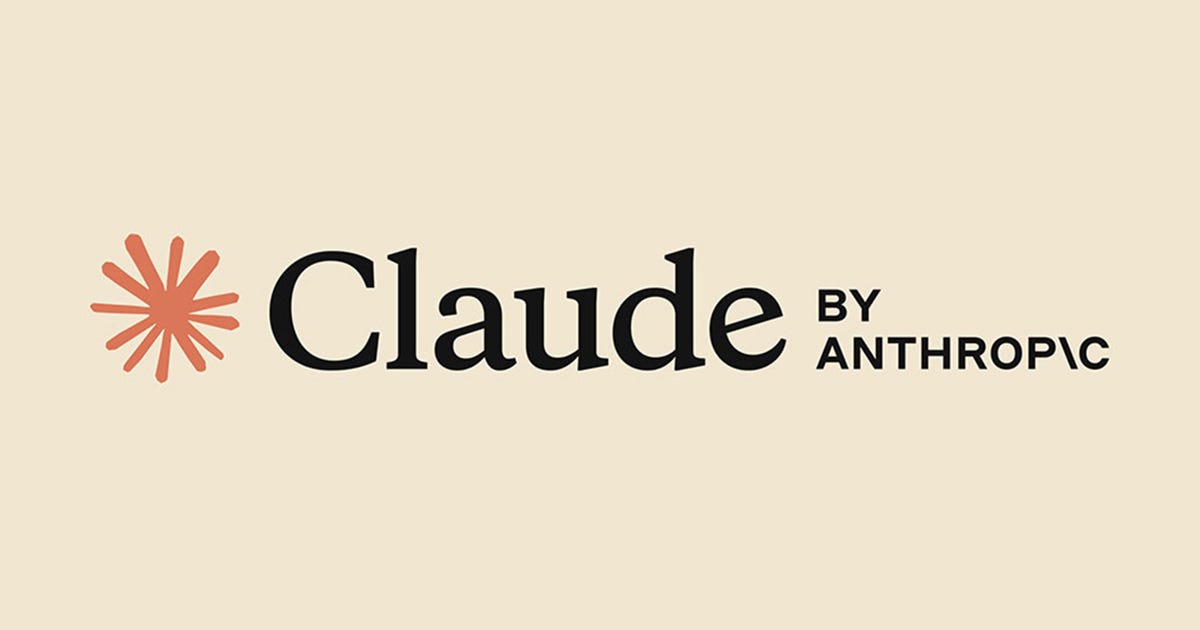Claude 101
A deep dive on Anthropic's Claude and what distinguishes it from other generative AI models
What is Claude?
Anthropic's Claude is a family of advanced AI models developed by Anthropic, an AI safety and research company. Claude models are designed to be helpful, reliable, and interpretable, and they focus on maintaining a high level of safety and alignment with human intentions.
Claude is a competitor to OpenAI’s GPT models and other large language models. The Claude series is known for its ability to perform a wide range of tasks, such as natural language understanding, text generation, and problem-solving. Claude models are named after Claude Shannon, a key figure in the development of information theory.
As of now, the Claude models are typically used for various applications, including chatbots, content creation, and enterprise solutions. They aim to strike a balance between capabilities and safety, with an emphasis on reducing harmful outputs and ensuring ethical AI behavior.
There are different versions of Claude, with thew newest iteration Claude 3.5.
Claude 3.5
Claude 3.5 introduces several new features and is a completely new model. Anthropic offers different models like Claude Haiku for low-memory devices, Claude Opus as the most capable but slower model, and Claude Sonnet, which has been upgraded to version 3.5 and is now more powerful than Claude Opus. The quality of large language models is subjective, and Claude Sonnet 3.5 performs exceptionally well in coding, even surpassing ChatGPT-4o in some areas. New features include Claude Artifacts for data visualization and coding tasks, and a Claude Pro plan for $20 a month, offering more usage and access to advanced features. Additionally, Claude 3.5 has improved vision capabilities, enhancing its ability to understand image context.

Claude Artifacts
Claude Artifacts offers a groundbreaking way to create interactive tools, setting a new standard for human interaction with prompts. It can build games and other tools using simple prompts, such as creating a flashcard game to learn git concepts with JavaScript and React. While the results can vary, sometimes producing great outcomes and other times failing, the ability to generate usable tools with prompts is impressive. Users can interact with the code and preview, make modifications, and even publish their creations for others to use. Despite occasional imperfections, Claude Artifacts demonstrates significant potential for creating useful tools with proper prompting and patience.
Utilizing Claude Artifacts for Data Analysis
Claude is a powerful tool for parsing, extracting, and visualizing data. You can upload files like PDFs and have Claude analyze the content, create data files, and generate visualizations using tools like artifacts. For example, you can prompt Claude to extract data from a product catalog into a CSV file, which can then be downloaded and refined. Claude can also generate tags based on names and descriptions for further data analysis and create visualizations using libraries like D3. Despite occasional issues, Claude's ability to code with simple prompts is impressive and useful for generating interactive tools and visualizations.


